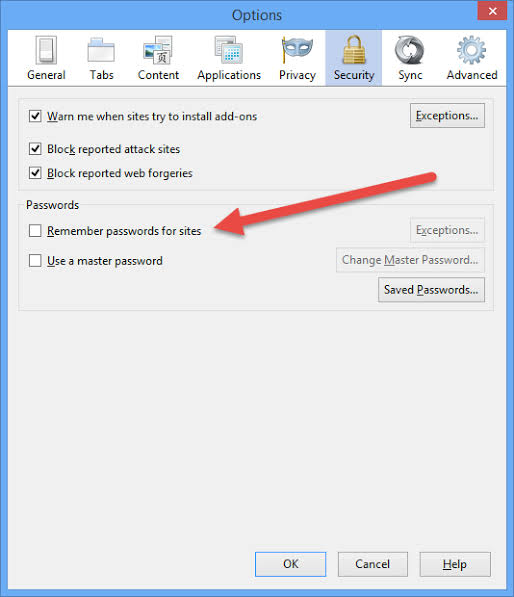Mozilla’s free password manager designed for users of the Firefox web browser is today officially arriving on Android. The standalone app, called Firefox Lockbox, offers a simple if a bit basic way for users to access from their mobile device their logins already stored in their Firefox browser.
The app is nowhere near as developed as password managers like 1Password, Dashlane, LastPass and others as it lacks common features like the ability to add, edit or delete passwords; suggest complex passwords; or alert you to potentially compromised passwords resulting from data breaches, among other things.
However, the app is free — and if you’re already using Firefox’s browser, it’s at the very least a more secure alternative to writing down your passwords in an unprotected notepad app, for example. And you can opt to enable Lockbox as an Autofill service on Android.
But the app is really just a companion to Firefox. The passwords in Lockbox securely sync to the app from the Firefox browser — they aren’t entered by hand. For security, the app can be locked with facial recognition or a fingerprint (depending on device support). The passwords are also encrypted in a way that doesn’t allow Mozilla to read your data, it explains in a FAQ.
Firefox Lockbox is now one of several projects Mozilla developed through its now-shuttered Test Flight program. Over a few years’ time, the program had allowed the organization to trial more experimental features — some of which made their way to official products, like the recently launched file-sharing app, Firefox Send.
Others in the program — including Firefox Color, Side View, Firefox Notes, Price Tracker and Email Tabs — remain available, but are no longer actively developed beyond occasional maintenance releases. Mozilla’s current focus is on its suite of “privacy-first” solutions, not its other handy utilities.
According to Mozilla, Lockbox was downloaded more than 50,000 times on iOS ahead of today’s Android launch.
On Tuesday, the FAA and Department of Transportation published a proposal that greases the wheels for the commercial space industry, long bound by outdated regulations that were not created with a modern vision of private spaceflight in mind.
Last May, the Trump administration signaled its intention to ease commercial spaceflight regulations with Space Policy Directive 2. That directive called on Transportation Secretary Elaine Chao to “release a new regulatory system for managing launch and re-entry activity.” That system, released in draft form today seeks to pave the way for an “industry that is undergoing incredible transformation with regulations that have failed to keep up.”
With less than a year of turnaround time, the FAA and DOT produced a document detailing “Streamlined Launch and Reentry Licensing Requirements” that will govern commercial space activity. As the document states:
“This rulemaking would streamline and increase flexibility in the FAA’s commercial space launch and reentry regulations, and remove obsolete requirements. This action would consolidate and revise multiple regulatory parts and apply a single set of licensing and safety regulations across several types of operations and vehicles. The proposed rule would describe the requirements to obtain a vehicle operator license, the safety requirements, and the terms and conditions of a vehicle operator license.”
“These rules will maintain safety, simplify the licensing process, enable innovation, and reduce costs to help our country remain a leader in commercial space launches,” Chao said of the 580 page document, embedded in full below.
The new regulatory guidance comes on the same day that Vice President Mike Pence declared that U.S. astronauts must return to the moon again within the next five years “by any means necessary.” That considerably hastened schedule would upend NASA’s existing timeline for a U.S. return to the moon at 2028 at the soonest.

 Latest5 days ago
Latest5 days ago
 Latest3 days ago
Latest3 days ago
 News2 days ago
News2 days ago
 Energy6 days ago
Energy6 days ago
 Latest4 days ago
Latest4 days ago
 Comments and Issues6 days ago
Comments and Issues6 days ago
 Business6 days ago
Business6 days ago
 Business6 days ago
Business6 days ago

